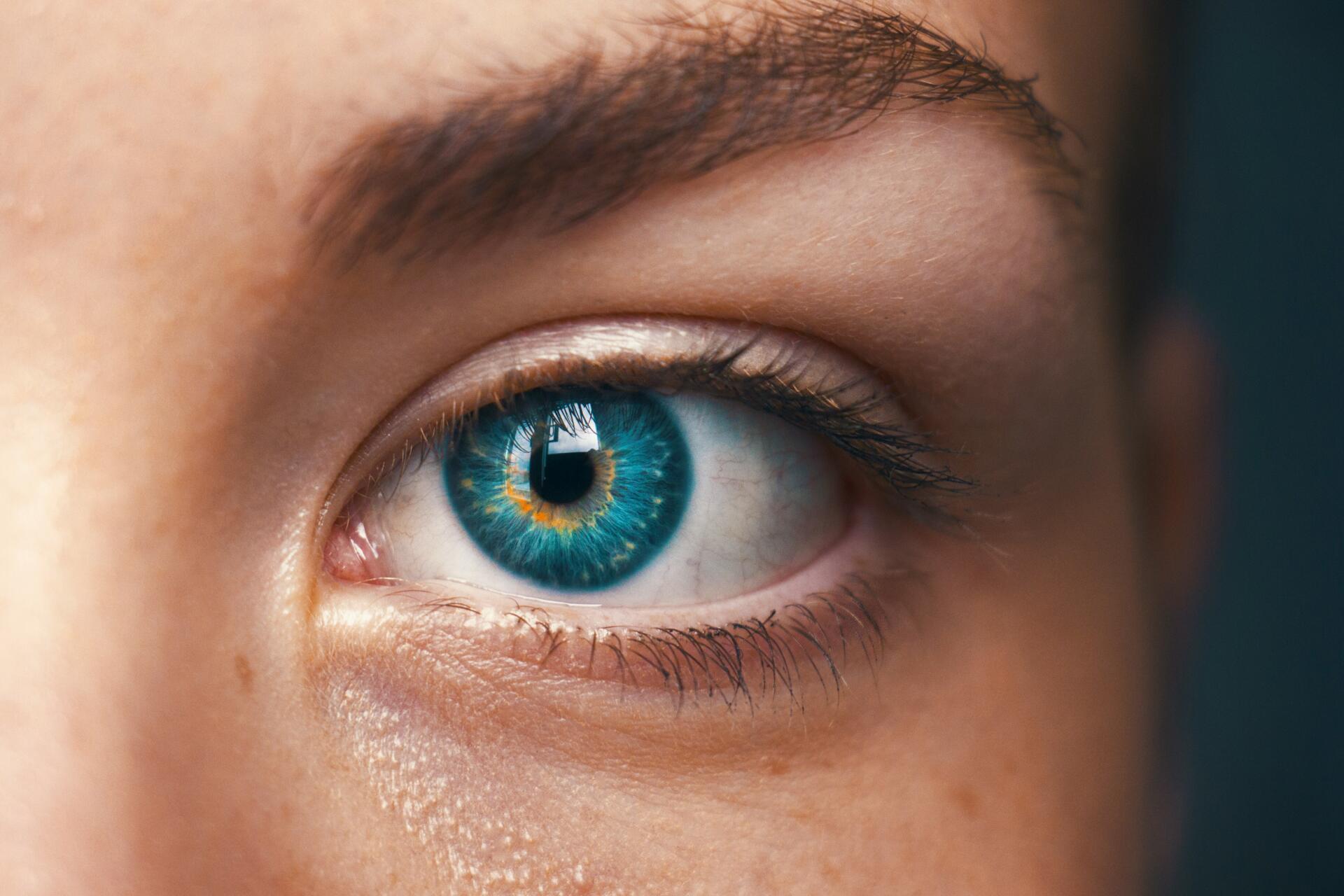The debate surrounding the therapeutic use of cannabis has gained significant momentum in recent years. Among the myriad of ailments that cannabis is purported to alleviate, glaucoma has emerged as a focal point of discussion. Glaucoma, a group of eye conditions that can lead to optic nerve damage and vision loss, affects millions of people worldwide. This article delves into the relationship between cannabis and glaucoma, examining the existing evidence to shed light on whether cannabis holds genuine promise as a treatment for this sight-threatening condition.
The Role of HighTHC.Shop
In the ever-expanding landscape of cannabis products, platforms like highthc.shop.Shop aim to provide consumers with a curated selection of high-quality THC products. While it is crucial to approach cannabis use for medical purposes with caution, HighTHC.Shop endeavours to ensure that consumers have access to reliable information about the products available. Understanding the source, potency, and potential effects of THC is vital in making informed decisions about incorporating cannabis into one’s healthcare routine.
Understanding Glaucoma
Before delving into the potential benefits of cannabis, it is crucial to grasp the mechanisms underlying glaucoma. Elevated intraocular pressure (IOP) is a primary risk factor for glaucoma. The optic nerve, responsible for transmitting visual information to the brain, can sustain damage when subjected to prolonged high IOP. This damage often results in peripheral vision loss and, if left untreated, can progress to complete blindness.
Current Treatment Landscape
The traditional approach to managing glaucoma primarily involves reducing intraocular pressure to slow down or halt the progression of the disease. Prescription eye drops, laser therapy, and surgical interventions are common methods employed by ophthalmologists to control IOP and preserve vision. However, these treatments may not be universally effective, and some patients continue to experience progression despite adherence to prescribed regimens.
Enter Cannabis: The Controversial Contender
Cannabis has long been associated with various medicinal properties, owing to its active compounds, particularly cannabinoids. Among these, delta-9-tetrahydrocannabinol (THC) and cannabidiol (CBD) are the most extensively studied. While recreational use of cannabis is widely recognised, its potential therapeutic applications have spurred interest in the medical community.
Cannabis and Intraocular Pressure
One of the earliest observations regarding cannabis and glaucoma dates back to the 1970s when researchers discovered that smoking cannabis could temporarily lower intraocular pressure. This finding ignited hope that cannabis could be a breakthrough treatment for glaucoma patients. However, subsequent research has revealed some limitations and drawbacks to this approach.
Short-Term vs. Long-Term Effects
Studies consistently show that cannabis can indeed reduce intraocular pressure, albeit temporarily. The duration of this pressure-lowering effect, however, is relatively short-lived, typically lasting only a few hours. Given that glaucoma is a chronic condition requiring continuous pressure management, the transient nature of cannabis’s impact on IOP poses a significant challenge.
Furthermore, the need for frequent administration raises concerns about the potential side effects and the development of tolerance, which could diminish the efficacy of cannabis as a long-term glaucoma treatment.
Dosing Dilemma: Striking the Right Balance
Another complicating factor in utilising cannabis for glaucoma treatment is the challenge of determining the optimal dosage. Achieving a delicate balance between the therapeutic effects and unwanted side effects is crucial. The psychoactive properties of THC, which contribute to the “high” experienced by users, may be a deterrent for some patients, particularly older individuals or those with comorbidities.
Moreover, the variability in individual responses to cannabis compounds adds another layer of complexity. Establishing standardised dosing guidelines for glaucoma patients would require extensive research and clinical trials, which are currently lacking.
Evaluating the Side Effect Profile
While cannabis may offer potential benefits in managing intraocular pressure, it is essential to consider the associated side effects. Common side effects of cannabis use include dry mouth, red eyes, impaired coordination, and altered cognitive function. These side effects may be tolerable for some individuals, but they could be problematic for others, especially those with existing health concerns.
Additionally, the long-term consequences of regular cannabis use, particularly in older populations, are not fully understood. The potential impact on cognitive function, cardiovascular health, and respiratory function necessitates careful consideration when weighing the risks and benefits of cannabis as a glaucoma treatment.
Navigating Legal and Regulatory Hurdles
The legal status of cannabis varies widely across the globe, complicating its integration into mainstream medical practice. While some regions have embraced medical cannabis programs, others maintain strict prohibitions on its use. This legal patchwork presents challenges for both patients seeking alternative treatments and healthcare providers striving to offer comprehensive care.
Conclusion: A Cautious Approach to Cannabis and Glaucoma
In conclusion, the relationship between cannabis and glaucoma is complex, and the evidence supporting its efficacy as a primary treatment is inconclusive. While there is merit in exploring alternative therapies for glaucoma, the limitations of cannabis, including its short-term effects, dosing challenges, side effect profile, and legal considerations, necessitate a cautious approach.
Future research should focus on refining our understanding of the mechanisms underlying cannabis’s impact on intraocular pressure, establishing standardised dosing protocols, and conducting well-designed clinical trials to assess long-term safety and efficacy. Until then, patients and healthcare providers should collaborate closely to make informed decisions about incorporating cannabis into glaucoma management, considering individual needs, preferences, and the broader context of the patient’s health.

